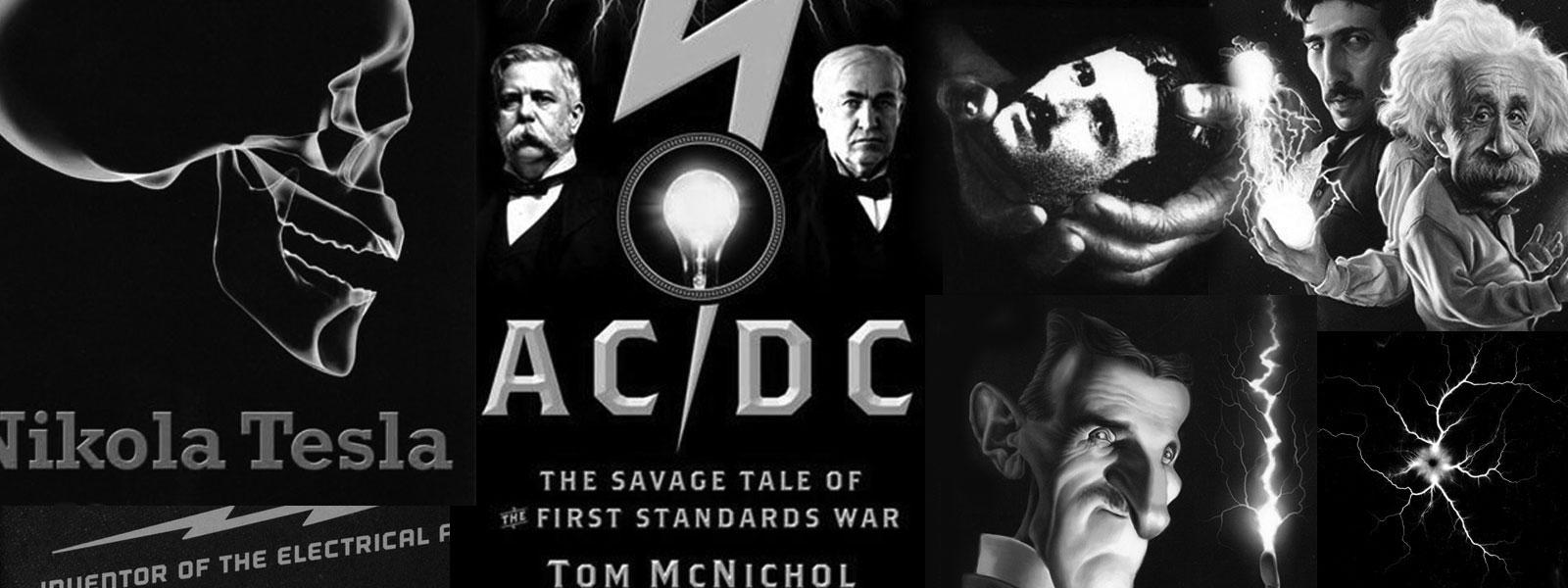
Nikola Tesla Books
Books written by or about Nikola Tesla
397
8
Tesla: âMethod of intensifying and utilizing effects transmitted through natural mediaâ, U.S. Patent, 685 953, Nov. 5, 1901, Appl. June 24, 1899, P-297.
9
Tesla: âMethod of utilizing effects transmitted through natural mediaâ, U.S. Patent 685 954, Nov. 5, 1901, Appl. Aug. 1, 1899, P-303.
10
Tesla: âApparatus for utilizing effects transmitted from a distance to a receiving device through natural mediaâ, U.S. Patent 685 955, Nov. 5, 1901, Appl. Sep. 8, 1899, P-312.
11
Tesla: âAparatus for utilizing effects transmitted through natural mediaâ, U.S. Patent 685 956, Nov. 5, 1901, Appl. Nov. 2, 1899, P-319.
66
Bowers B. X-RAYS, Science Museum, London, 1970.

